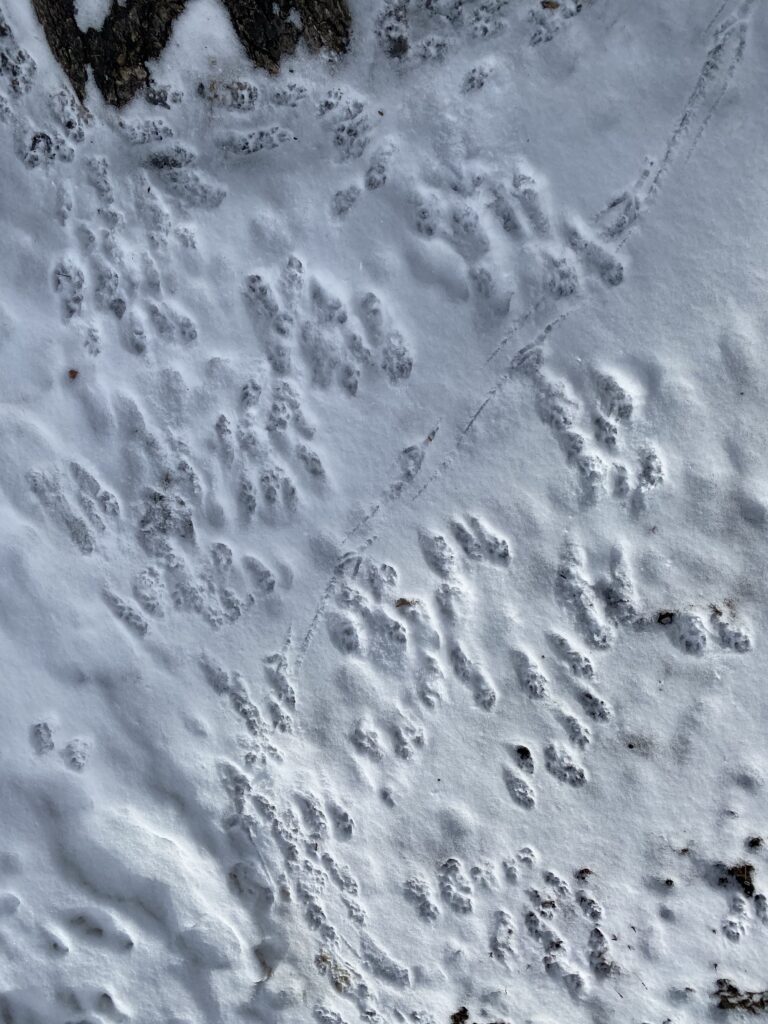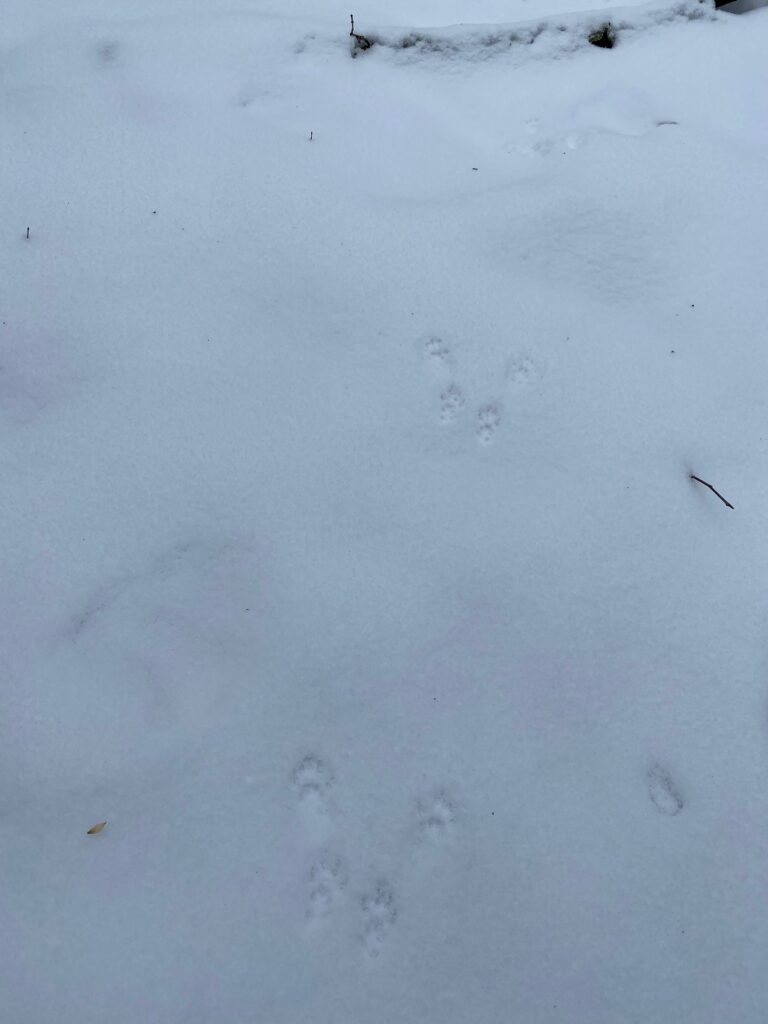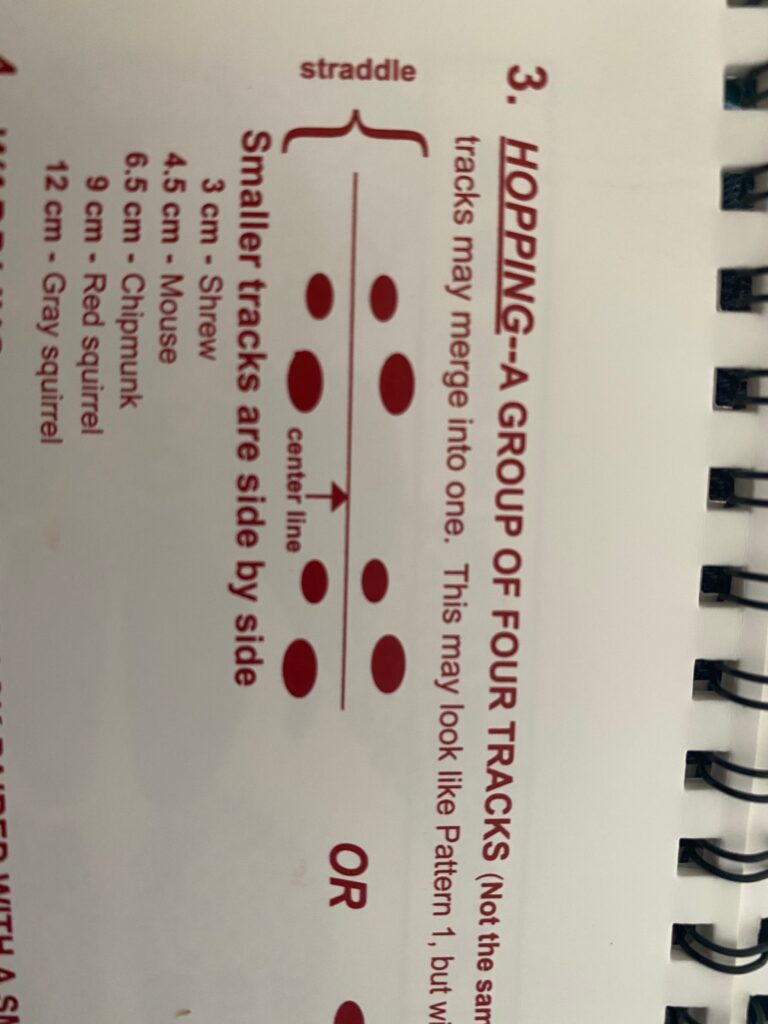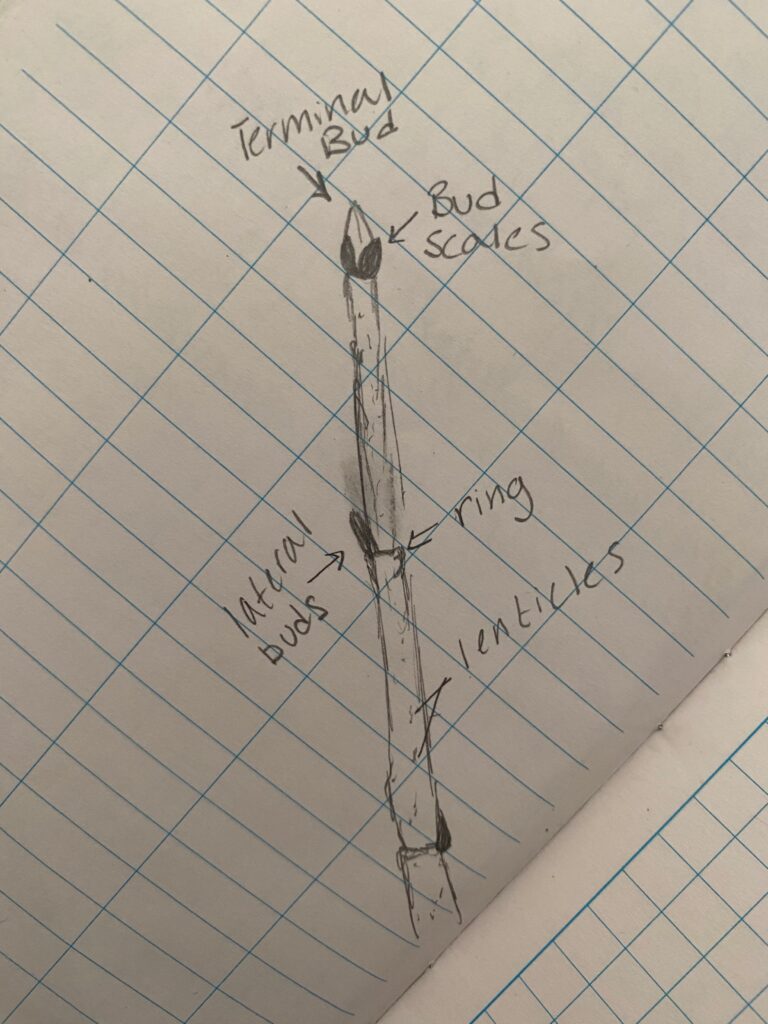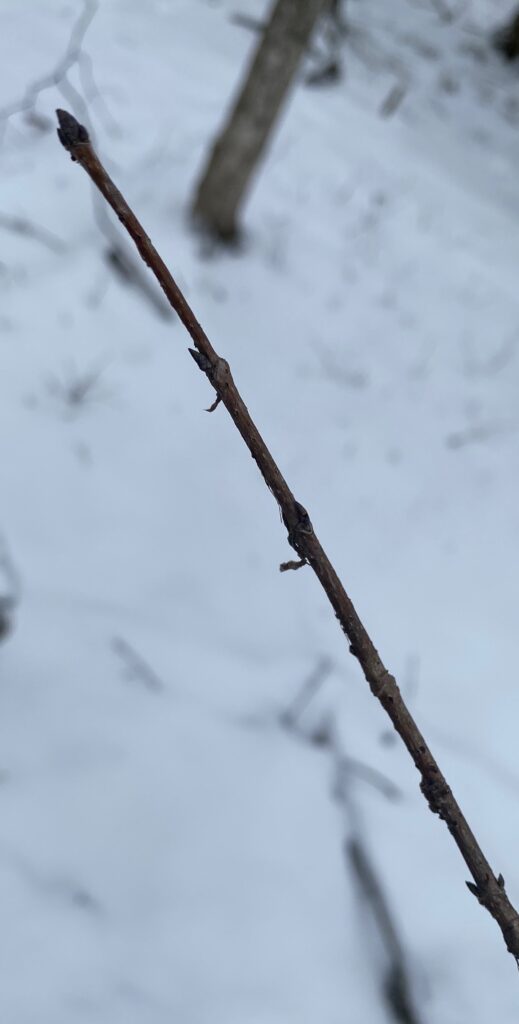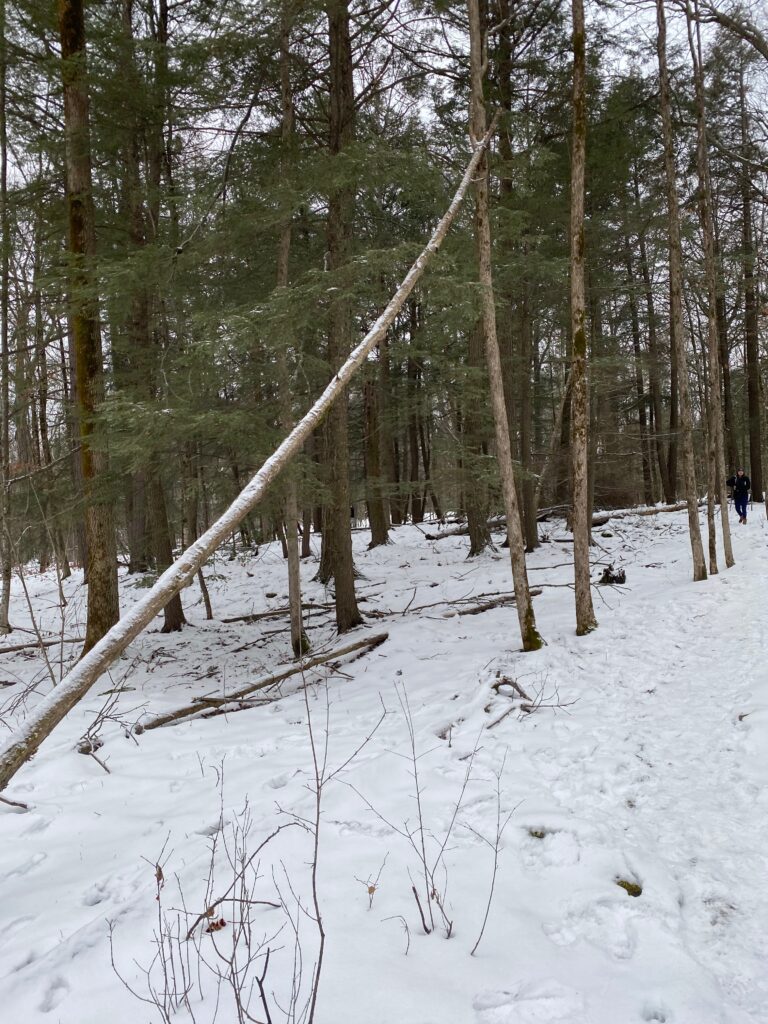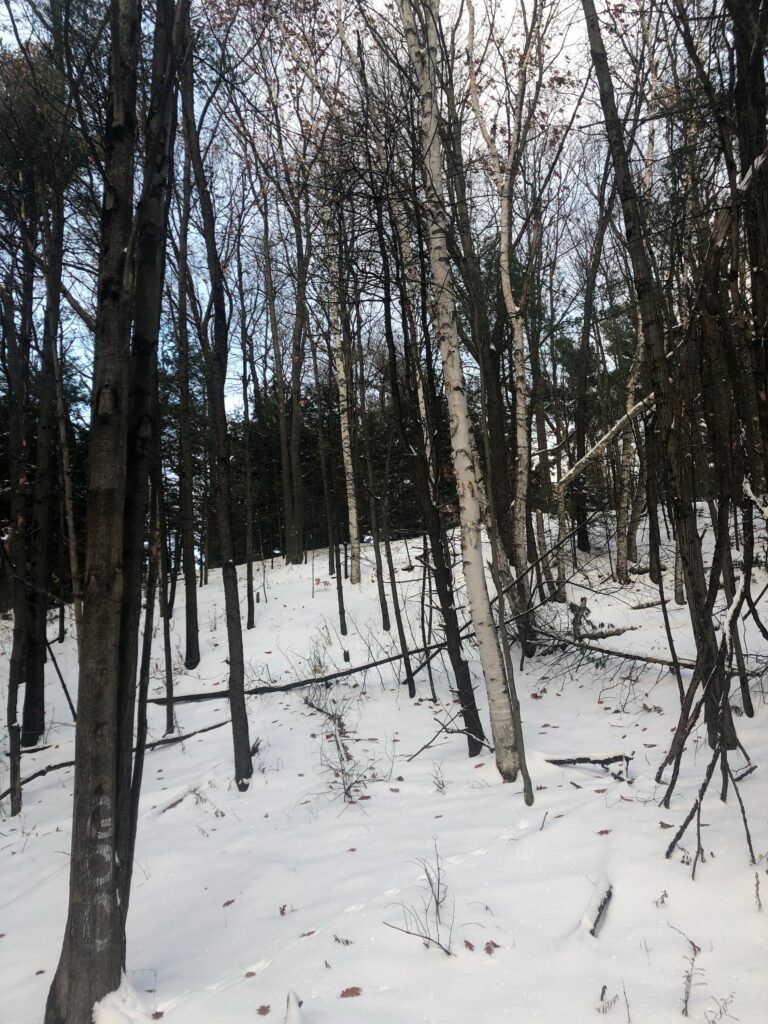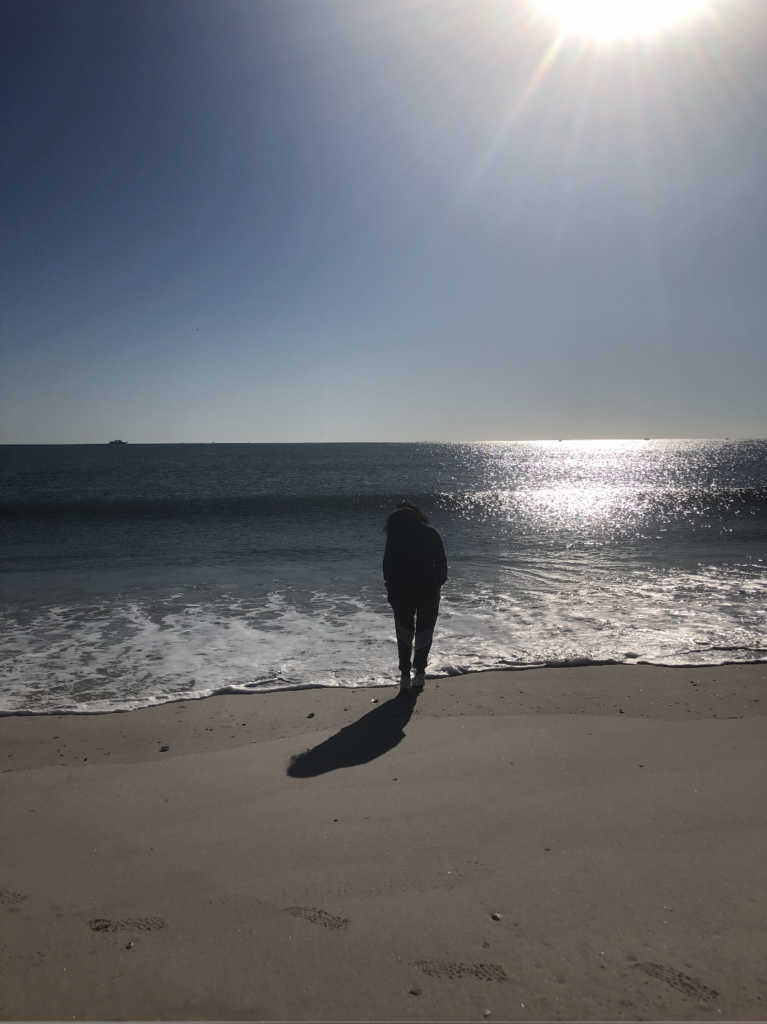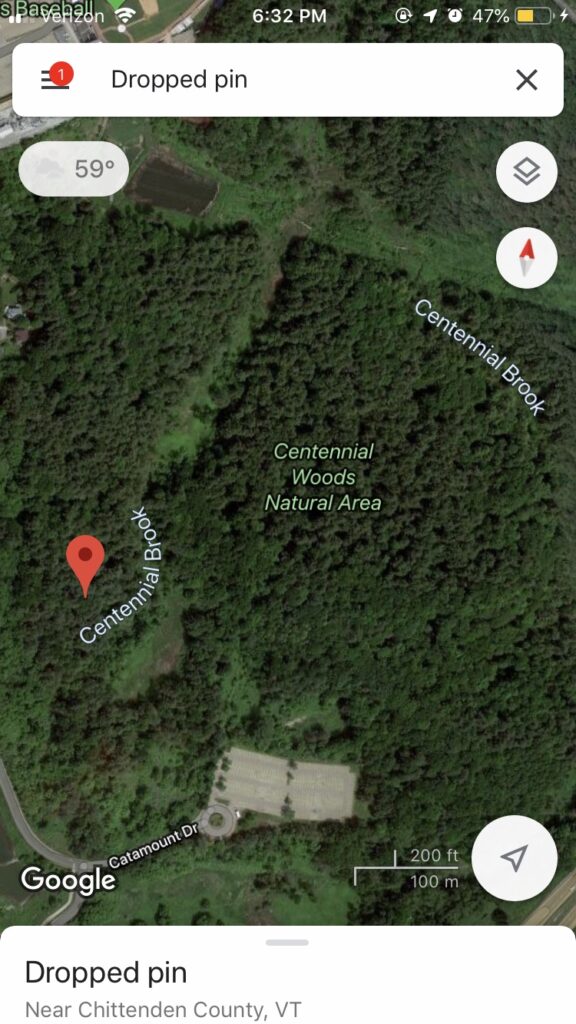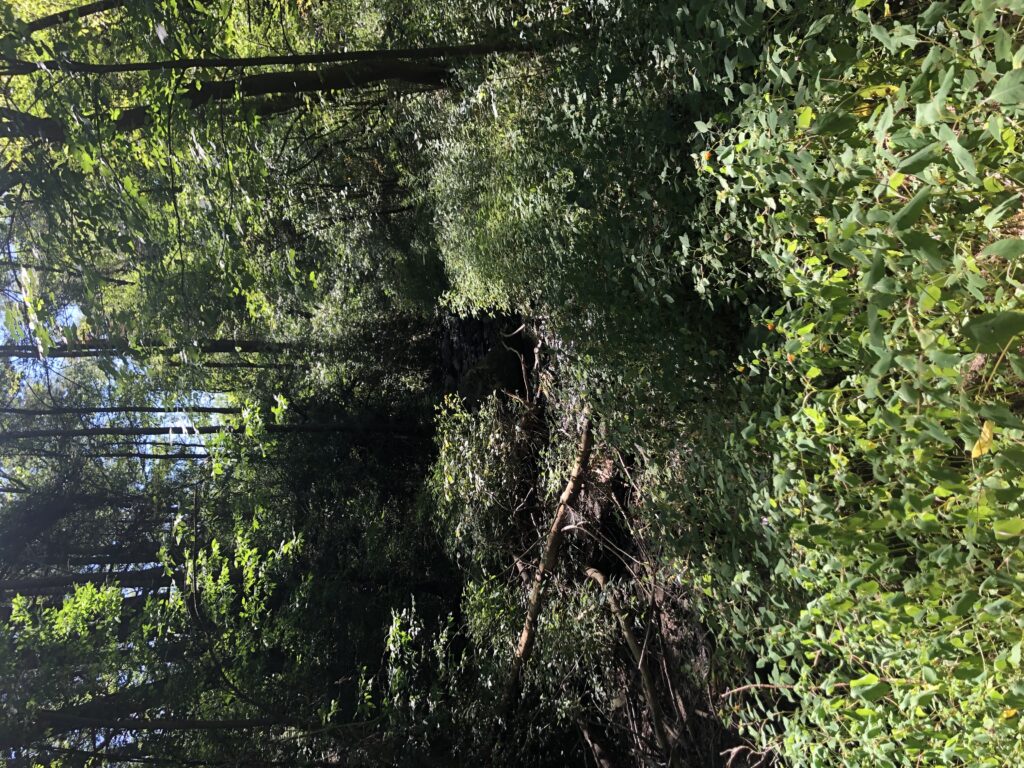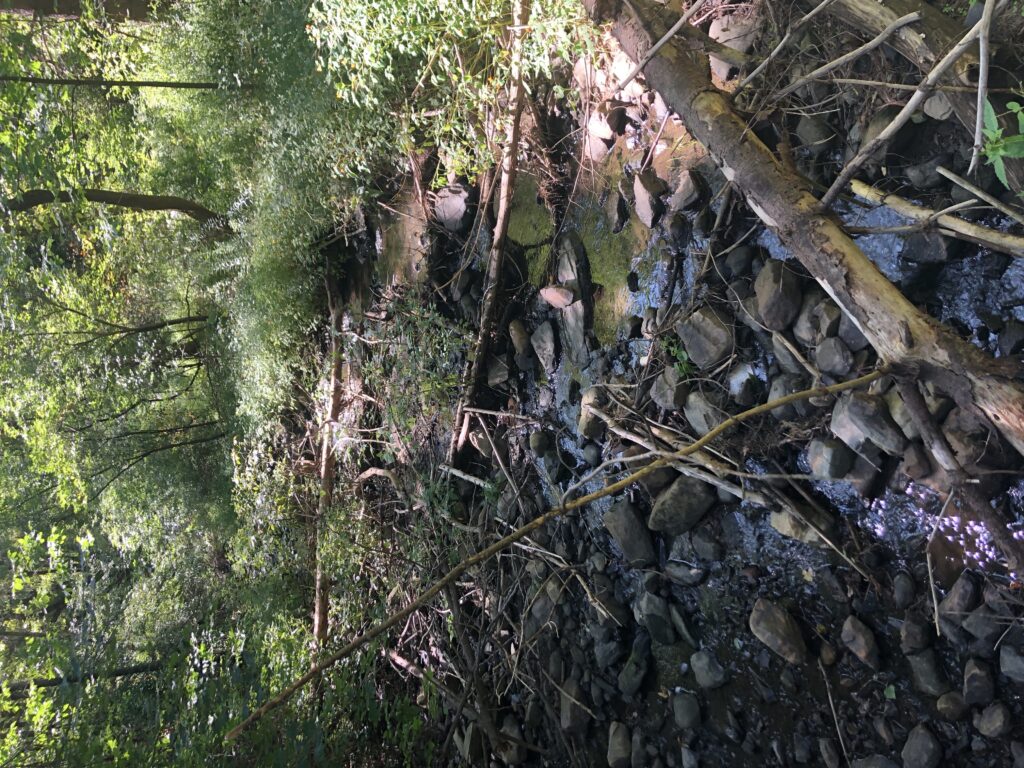This months phenology assignment was to asses wildlife in Centennial. The day I went to Centennial was 40º, so the snow had melted away the animal tracks. However that was the only downside from the weather. I was able to spend hours in my phenology spot, enjoying the sun while it lasted.
Throughout the visit I kept my eyes out for animal tracks. The tracks that were still visible appeared to be from a Gray squirrel. These tracks were leading to and from one tree. This tree seemed to be a popular spot for the squirrels to forage for food or shelter. There was no visible nests in this tree, so I am assuming it is rich in food. l. “Gray Squirrels can be found in mature hardwood forests dominated by hard mast, or nut producing trees such as oak, hickory, and beech. It seldom frequents softwood stands, which are more commonly used by the red squirrel.” (Vermont Fish and Wildlife) The relation between the tree and the squirrel is evident from the photograph.
Home. (n.d.). Retrieved from https://vtfishandwildlife.com/

